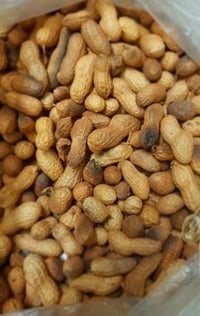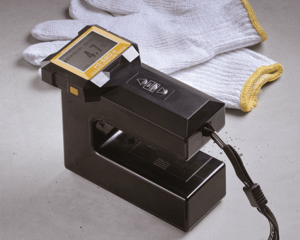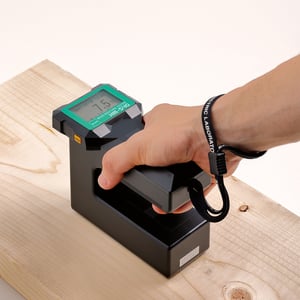 Peanuts are a popular food across the country. Used in a variety of recipes and the primary ingredient in peanut butter, the United States produced around 6.13 billion pounds of peanuts in 2020 alone. Many of these peanuts went into the processing of peanut butter. Peanuts are versatile. They go into sandwiches, entrees, and even baked goods. It’s estimated that around 300 million Americans eat peanut butter, while only about 32 million do not.
Peanuts are a popular food across the country. Used in a variety of recipes and the primary ingredient in peanut butter, the United States produced around 6.13 billion pounds of peanuts in 2020 alone. Many of these peanuts went into the processing of peanut butter. Peanuts are versatile. They go into sandwiches, entrees, and even baked goods. It’s estimated that around 300 million Americans eat peanut butter, while only about 32 million do not.
Peanuts are a valuable crop, but they need to be handled carefully to ensure crop success to keep up with this massive nationwide demand.
Growing Peanut Plants
Peanut crops can be a little difficult to grow if they aren’t planted in the right location. They grow well in light, sandy, loamy soils in regions that receive moderate levels of rainfall — somewhere between 20 and 40 inches of rain per year, which is why the leading production regions for peanuts are in places like:
- Georgia
- Alabama
- North Carolina
- Texas
- Virginia
- Florida
- Oklahoma
Peanut plants require good water management, which means growers need to know how much water the soil typically holds and how fast the water is absorbed. Peanut farmers should look to maintain 50% moisture content levels in the top three to four inches of soil. Some farmers rely on irrigation management tools to keep moisture levels steady, but too much water could negatively impact the crops.
To keep tabs on the moisture levels, growers should use laboratory-level instruments to test moisture levels in the soil. A universal moisture meter like the HB300 Programmable Moisture Meter can help monitor the levels of moisture throughout the field to avoid under- or over-watering.
Harvesting Peanuts and Post-Harvest Drying
The first step in processing peanut crops is harvesting. This usually begins with mowing mature peanut plants around five months after planting, often in August. Peanut plants are inverted using a machine specifically created for peanut harvesting called a peanut inverter. These machines dig up and shake plants, then place them in windrows in the field with peanut pods on top so they can dry in the open air. After open-air drying, these mature peanut pods are collected with combines, separating the pods from the plants.
What happens after digging up peanut crops is important, though. After harvesting peanuts between 35% and 50%, this relatively high moisture content must be reduced to a low moisture content level somewhere between 7% and 10%. This happens through post-harvest peanut curing. Without proper curing after harvest, though, peanuts can mold and spoil, resulting in a total loss of profits.
Harvesting peanuts usually is followed by a period of mechanical drying to avoid this mold and spoilage. This low moisture content isn’t always easy to achieve in the field without overdrying the plant vines and stems, making it hard to separate them from the peanut pods. Growers often use on-farm dryers with air channels or air vents in storage bins. Fans blow heated air through these bins and channels until they are safely dried, and then they are cleaned, stored, and processed for consumer use.
How can you monitor and maintain moisture levels in harvested peanuts throughout these processes? Kett's PM650 Instant Grain and Seed Moisture Meter comes with many factory pre-set calibrations and can take accurate measurements without the husking or grinding that is required of some other moisture meters to measure and track moisture levels in peanuts.
At Kett, we’re experts in helping growers find the perfect instruments to optimize their crops and make their growing seasons simpler — whether they grow peanuts, wheat, soy, barley, corn, or any other kind of crop. We’re here to supply the instruments you need for a successful growing season and an even more successful harvest. Contact us today to learn more.


